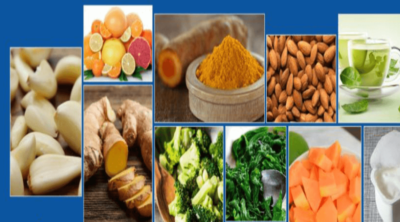
Confused between cured and uncured bacon? This NutriNeat extract clears all your doubts regarding the differences between the two.
Add 2-3 tbsp. of water to the pan before cooking bacon. This will cook the bacon inside, and after the water evaporates, it will leave the bacon strips perfectly crisp.
Bacon has been a favorite of folks since 1500 BC. With time, evolved many variations in curing, flavoring, preserving, and preparing it.
To define bacon in USDA terms, it is ‘cured’ pork belly. So defining ‘uncured’ bacon is obnoxious, but in illegitimate terms, it is cured with natural salts.
Cured and uncured bacon have very minute differences making them substitutable for various recipes, and there’s nothing like one would taste better than the other. It all depends on your preferences and availability of bacon in your local area.
We’ve enumerated the subtle differences between them.
UNCURED BACON Vs. CURED BACON
➜ It is cured with a natural salt such as sea salt, celery powder, etc.
➜ It does not contain any chemical additives or artificial ingredients.
➜ There’s no concept of dry-curing or wet-curing as it is ‘uncured’ bacon.
➜ It is cured with sodium nitrite or sodium nitrate.
➜ It contains chemical additives and preservatives, along with herbs and spices for flavor enhancement.
➜ It can be dry-cured or wet-cured.
NUTRITION
➜ The nutritional facts of uncured and cured bacon remain more or less the same; just that the sodium content in uncured bacon is slightly more than the cured one.
| Bacon (cooked), 1 slice (8.1 g) | |
| Water | 1.01 g |
| Calories | 44 kcal |
| Protein | 2.89 g |
| Total lipid (fat) | 3.50 g |
| Carbohydrate | 0.11 g |
| Total Dietary Fiber | 0.0 g |
| Total Sugars | 0.00 g |
| Minerals | |
| Calcium | 1 mg |
| Iron | 0.12 mg |
| Magnesium | 2 mg |
| Phosphorus | 41 mg |
| Potassium | 44 mg |
| Sodium | 178 mg |
| Zinc | 0.27 mg |
| Vitamins | |
| Thiamin | 0.028 mg |
| Riboflavin | 0.020 mg |
| Niacin | 0.860 mg |
| Vitamin B6 | 0.025 mg |
| Folate | 0 µg |
| Vitamin B12 | 0.09 µg |
| Vitamin A, RAE | 1 µg |
| Vitamin A, IU | 3 µg |
| Vitamin E (alpha-tocopherol) | 0.03 mg |
| Lipids | |
| Total Saturated Fatty Acids | 1.149 g |
| Total Monounsaturated Fatty Acids | 1.544 g |
| Total Polyunsaturated Fatty Acids | 0.394 g |
➜ The taste of bacon depends mainly on the spices and herbs added in the curing mixture.
➜ Generally for curing bacon, ingredients like brown sugar, garlic, black pepper are used; while for uncured bacon, celery powder, brown sugar, and vinegar are commonly used.
➜ Thus, the taste of the two is pretty interchangeable, and depends on how you cook it.
➜ The texture of uncured bacon is not as dense as cured, since the moisture content in uncured is more than the latter.
➜ Cured bacon lasts for longer time keeping the bacon fresh due to preservatives and additives.
HEALTH CONFLICTS ➜ Uncured bacon meaning natural bacon is believed to be healthier, which can’t be proven. It has a high amount of sodium content, which may not be good for health.
➜ As mentioned previously, cured bacon may contain a lot of chemicals to enhance the taste and flavor, and for longer shelf life, further increasing the fat content.
